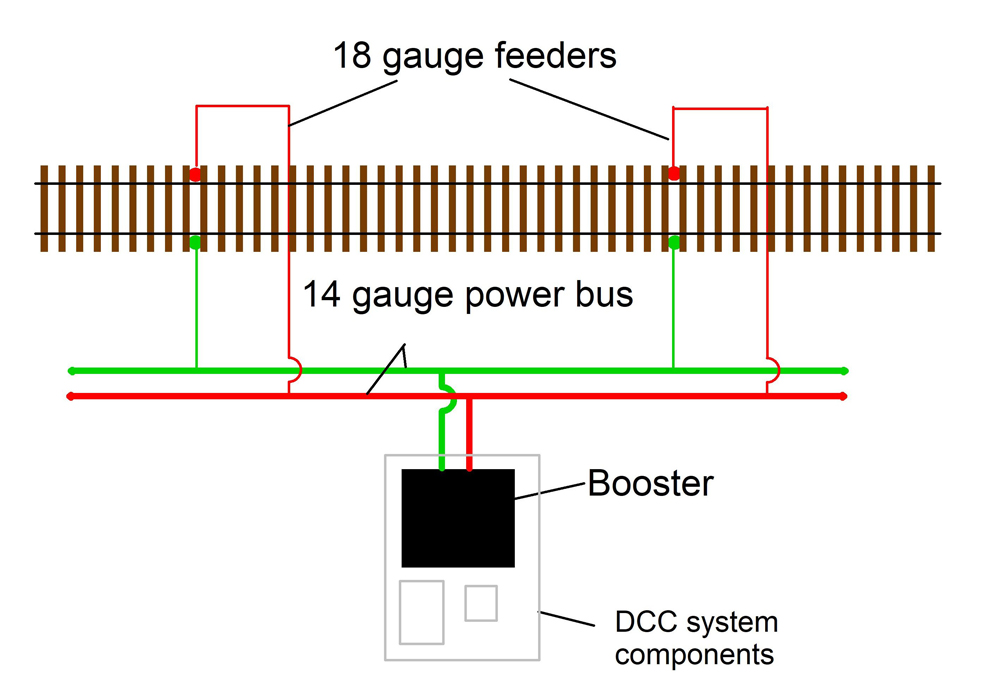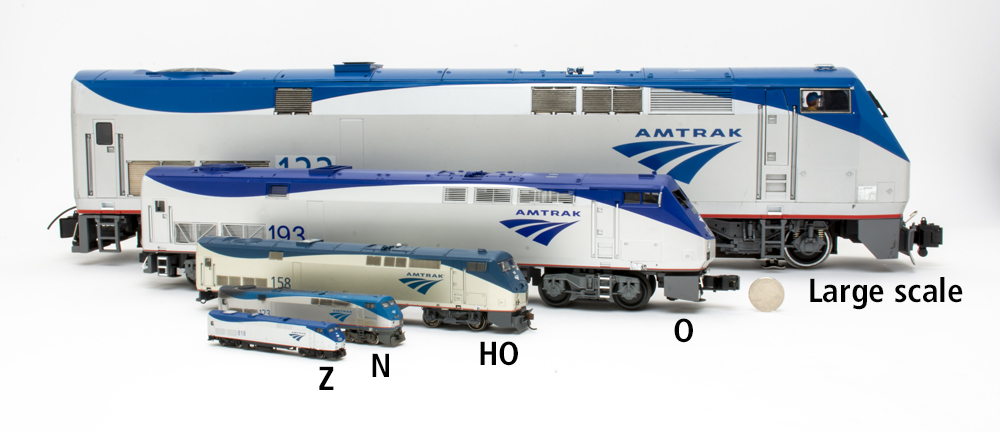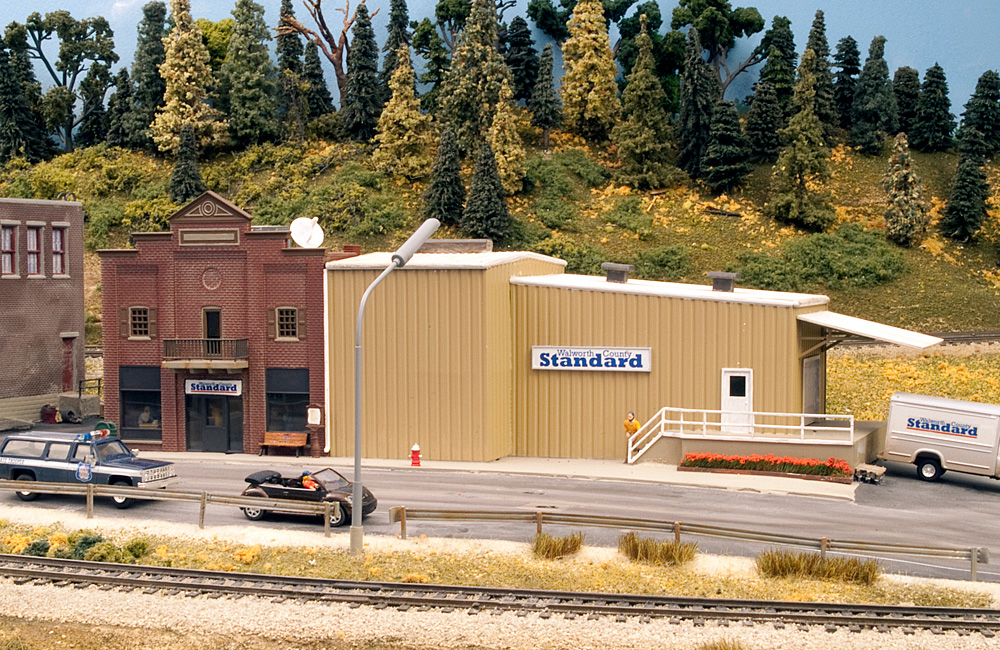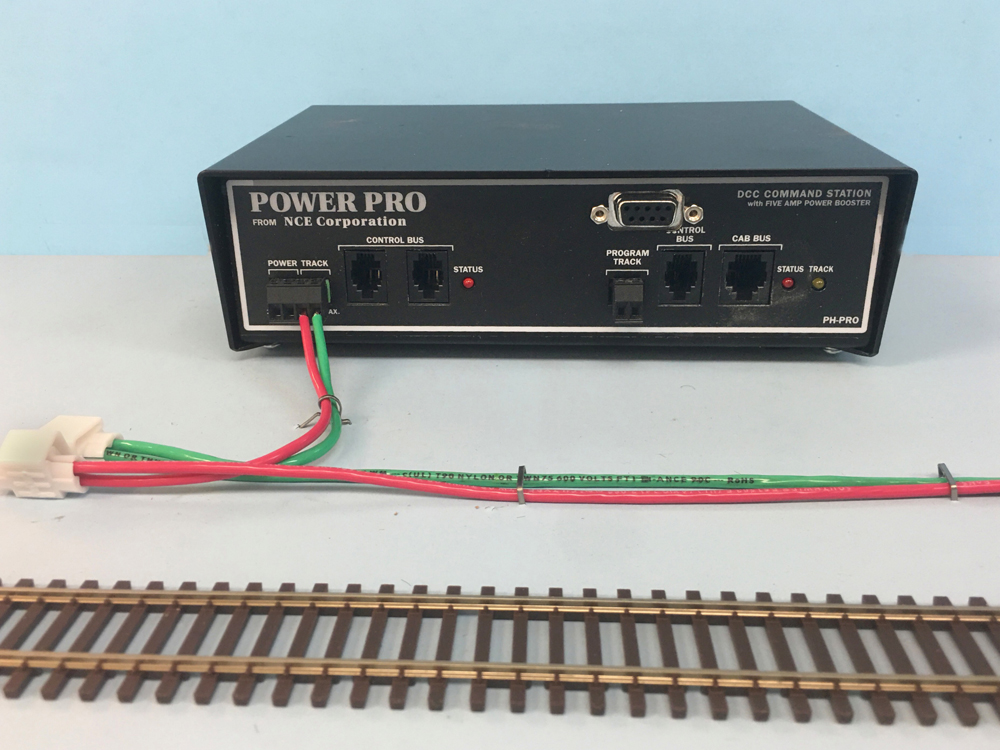
There is probably no other aspect of our hobby that creates more anxiety and confusion for newcomers than wiring. When you’re starting at absolute ground zero on the learning curve it can be daunting at times. However, at the most basic level, what we’re trying to do is get electricity from a power source to […]
Read More…

Model train scales come in a handful of commercial sizes. Among the most popular model train scales in North America are HO, N, O and G. However, these letters stand in for very specific ratios that tell modelers what fraction they are using to scale, or model, reality. What is a model train scale? Scales […]
Read More…

Zach wants to know where he can find good quality automatic crossing bars for his layout, as well as some signals for his “rip” track. Cody Grivno is in the studio with some suggestions. […]
Read More…

Zach wants to know where he can find good quality automatic crossing bars for his layout, as well as some signals for his “rip” track. Cody Grivno is in the studio with some suggestions. […]
Read More…

Tobia Keseman is writing in because he came across some abandoned pieces of scrap metal while exploring, and now he wants to know what are the pieces, and what are their functions? Check out the submitted photos with Cody Grivno and he tries to reveal their purpose! […]
Read More…

Q: As an old newspaperman, I’ve been looking for a newspaper structure kit to add to my layout, but there doesn’t seem to be much available. I know there used to be newspaper office buildings available in HO, but there don’t seem to be any on the market now. Any ideas? – Marc Silvestrini A: […]
Read More…

Q: I have a couple of 25-ton cranes on my layout. While running them in a work train, the hooks swing, giving them an unrealistic look. Are the hooks normally tethered to the boom when the cranes are being transported? I couldn’t find any photos of actual cranes during transport. – Steve Favale, Buffalo, N.Y. […]
Read More…

Track wiring your model railroad layout can be daunting, especially for beginners to the hobby. In order to help those looking to start, here’s a review of the bare-bones basics of wiring your layout that will help you get your trains up and running as quickly as possible. Run the wire bus roughly beneath the […]
Read More…

Chuck Rosan wants to know if it’s possible to successfully build a railroad in an insulated shed in Michigan. Cody Grivno explains how! […]
Read More…

Edward Waclawski wants to know how someone determines the right-hand side of a boxcar. Cody Grivno shows you how! […]
Read More…

Charles G. Pitcher from Washington, Illinois, wants to know where early 21st century organizations find the expertise to re-build and operate 20th century steam and early diesel locomotives. Cody Grivno and Steve Sweeney explain! […]
Read More…

Lionel’s Phantom train is on the rails! We’ve all seen Lionel, MTH, and American Flyer model train sets running under the Christmas tree, but what about for Halloween? CTT editor Hal Miller builds a small layout he calls the Chaos, Tragedy & Terror RR. It captures the spirit of the season with accessories from Woodland […]
Read More…







